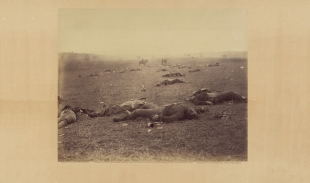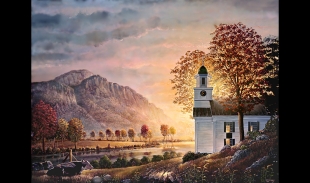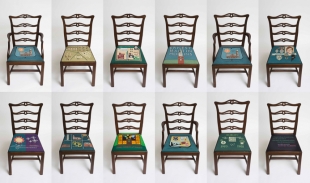The Hopkins Center
A photographic tribute to the cultural center of campus on its golden anniversary.
A photographic tribute to the cultural center of campus on its golden anniversary.
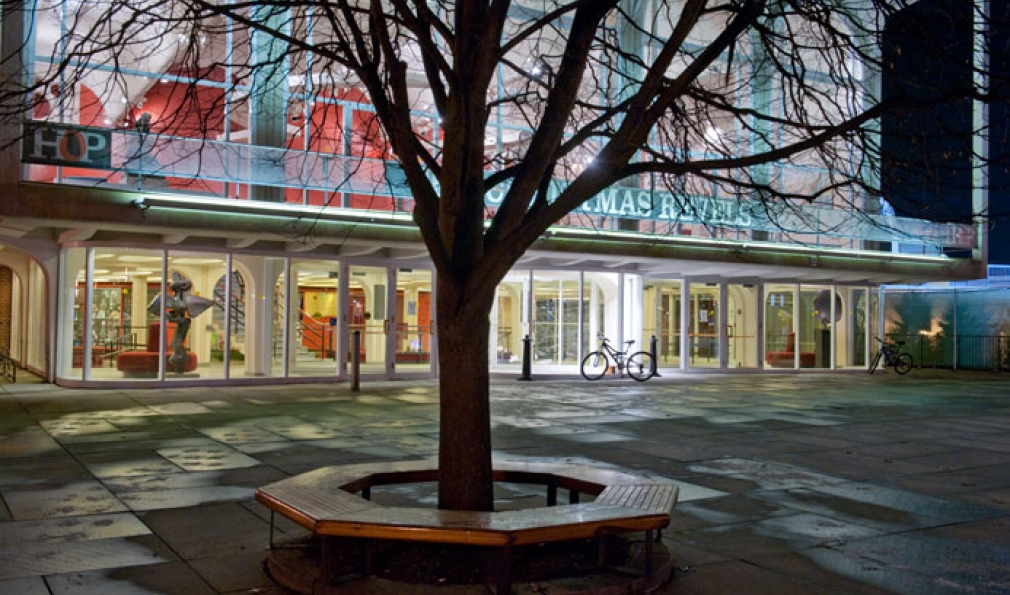
Description
Flanking the southern edge of the Green, Dartmouth's pint-sized version of New York City's Lincoln Center turns 50 this year.
Photo Credit
Photo by John Sherman
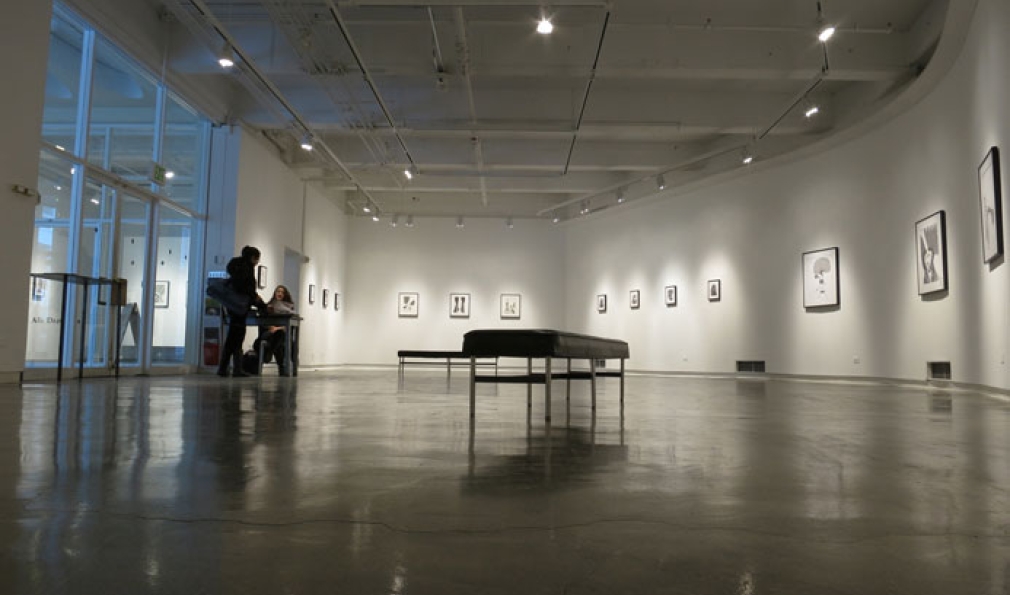
Description
Jaffe-Friede is one of five galleries in the Hop.
Photo Credit
Photo by John Sherman
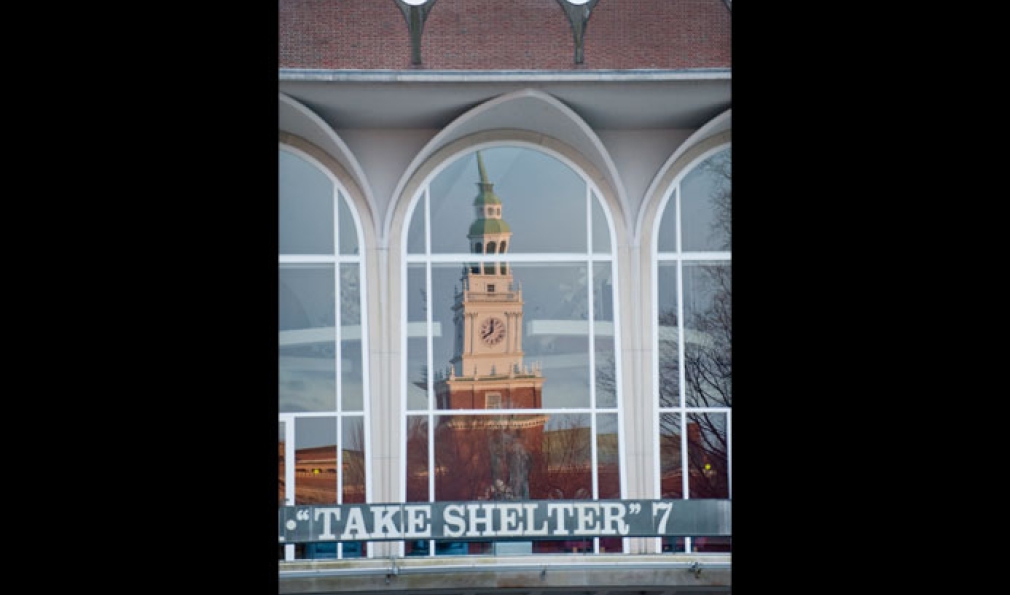
Description
Baker Tower is reflected in the vaulted windows of the Hopkins Center. Architect Wallace K. Harrison, a favorite of New York Gov. Nelson A. Rockefeller '30, later designed the Metropolitan Opera House at Lincoln Center.
Photo Credit
Photo by John Sherman
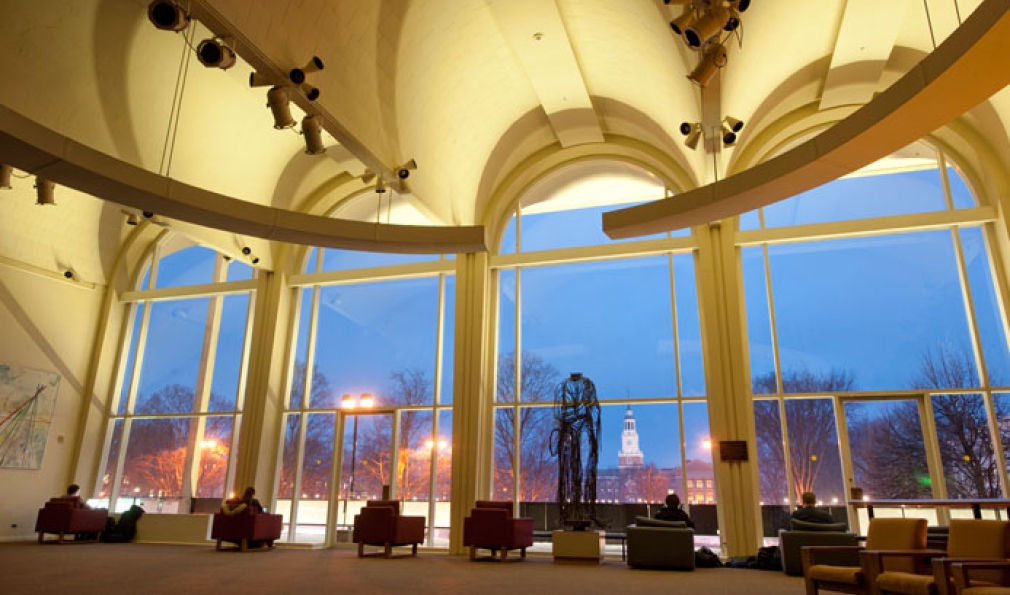
Description
The view of Baker Library across the Green from the Top of the Hop in January 2012.
Photo Credit
Photo by John Sherman
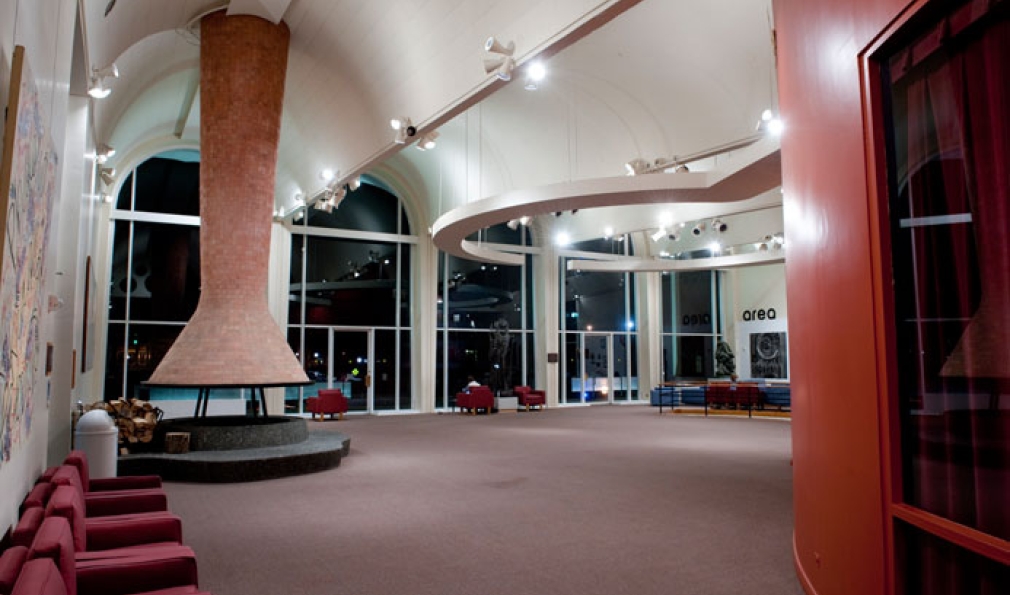
Description
The Hop's modern fireplace is a warm symbol of a bygone era.
Photo Credit
Photo by John Sherman
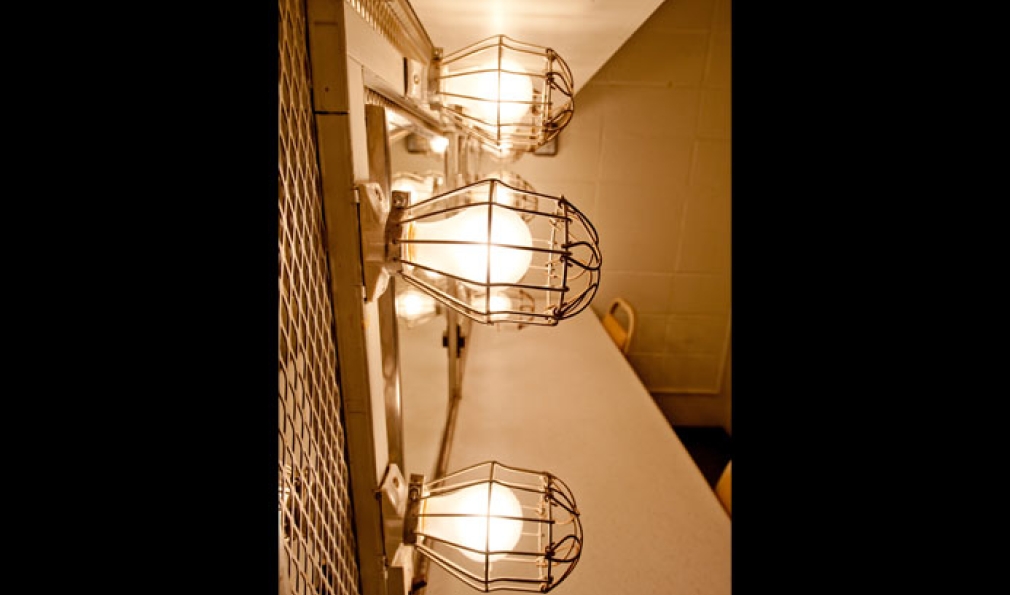
Description
The Hop's dressing rooms feature the original 1962 light fixtures.
Photo Credit
Photo by John Sherman
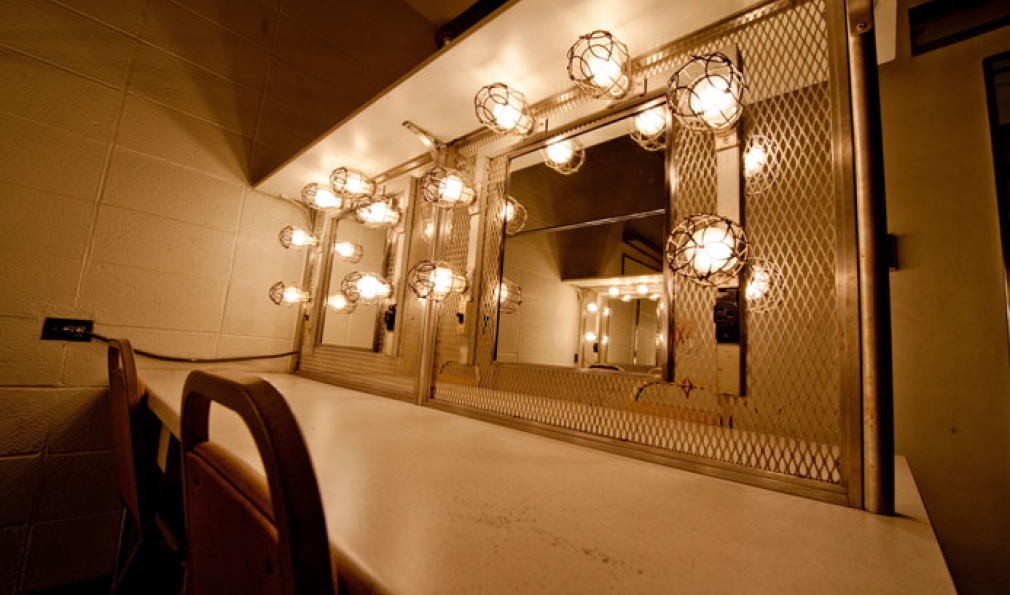
Description
The Hop's dressing rooms remain unchanged since the Mad Men era.
Photo Credit
Photo by John Sherman
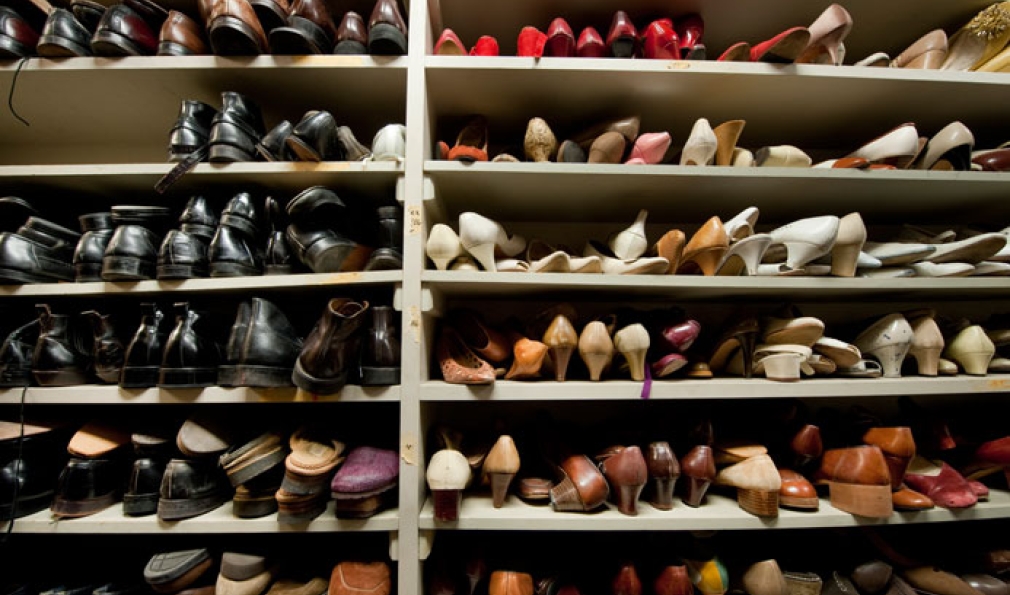
Description
Costume shop staff estimate they have enough shoes, jackets and clothing to assemble 4,200 costumes of all sizes from a variety of periods.
Photo Credit
Photo by John Sherman
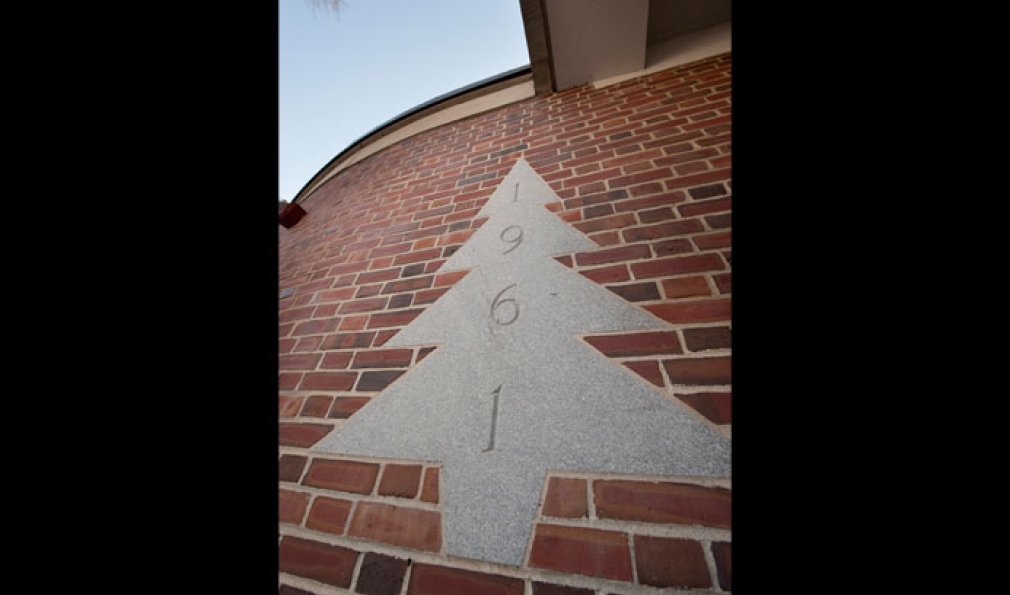
Description
A concrete pine plays the role of the Hopkins Center cornerstone.
Photo Credit
Photo by John Sherman
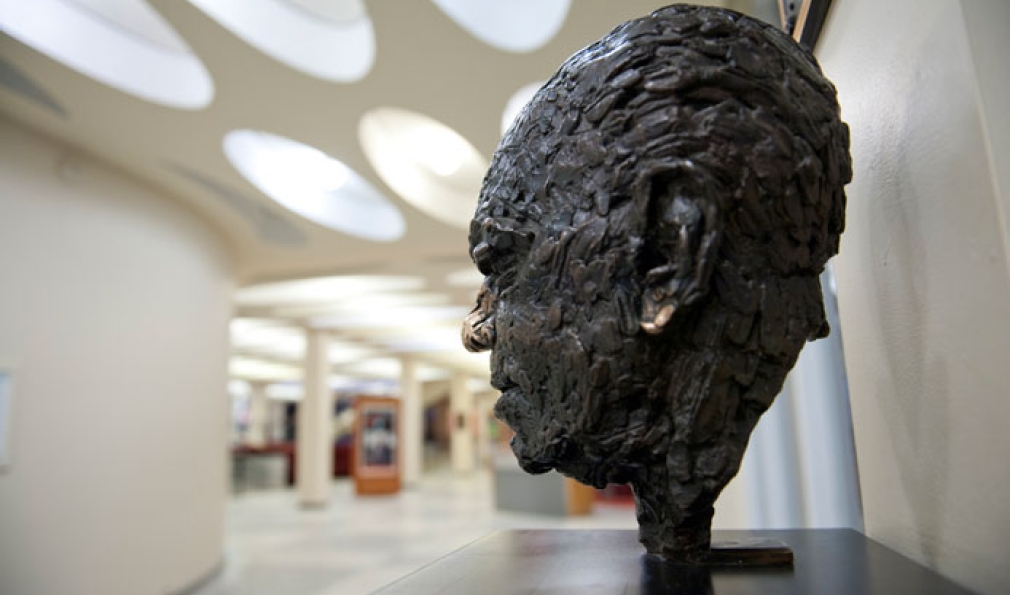
Description
Students have long sought good luck by rubbing the nose of the Hop's first director, Warner Bentley. Some have taken to rubbing his left ear too, as evidenced by the bronze sheen.
Photo Credit
Photo by John Sherman
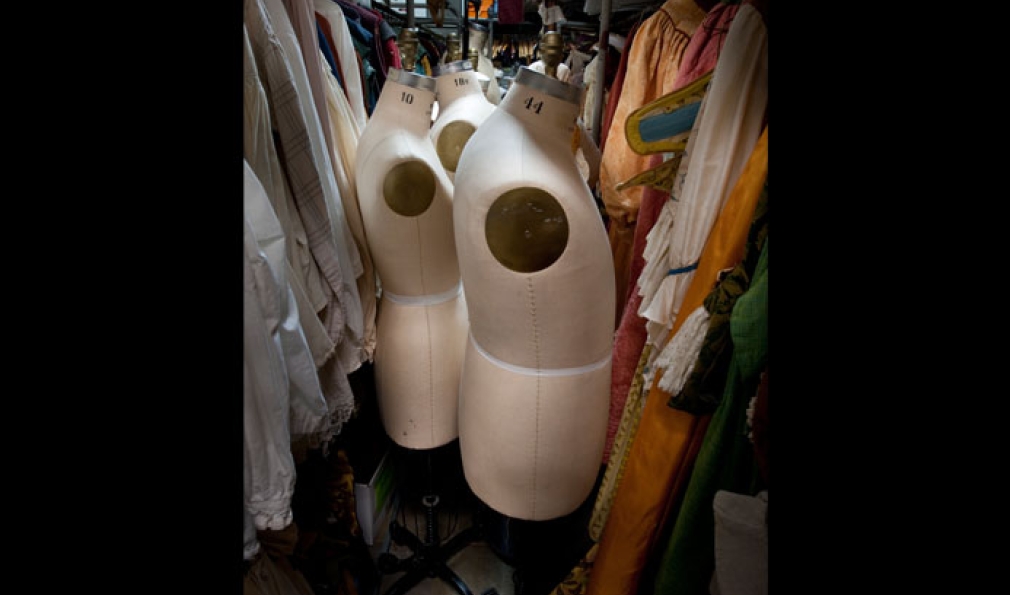
Description
When new costumes are needed dressmaker dummies are pressed into service. All new costumes are first created with muslin— the costume shop uses about 1/6 of a mile of the cloth each year.
Photo Credit
Photo by John Sherman
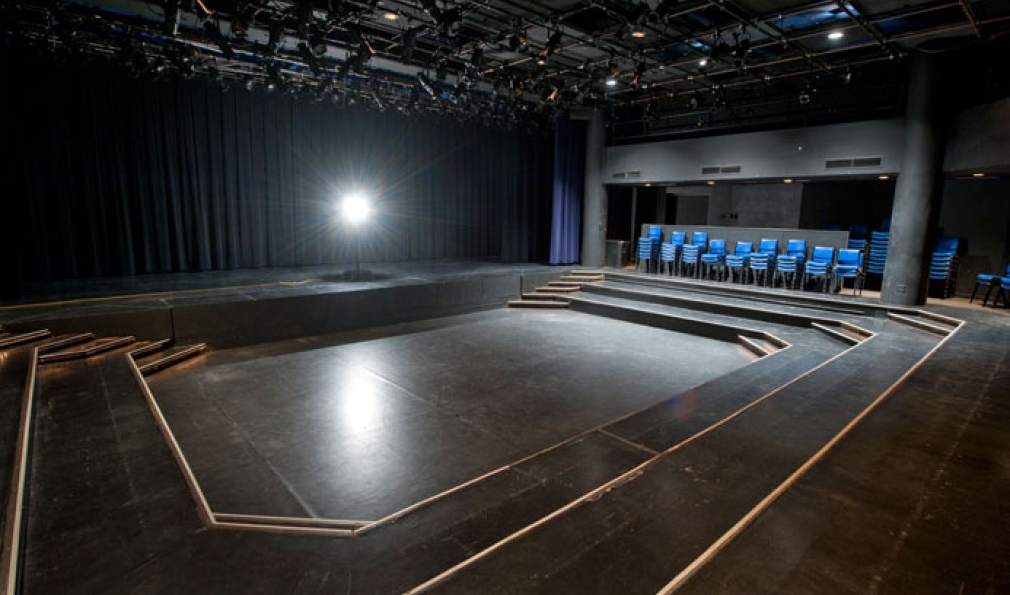
Description
Each term students produce three shows at the Bentley Theater, an intimate black-box space with 181 seats. When the theater is empty, a lights remains on a the center stage as part of a longstanding theater superstition—and as a matter of safety.
Photo Credit
Photo by John Sherman
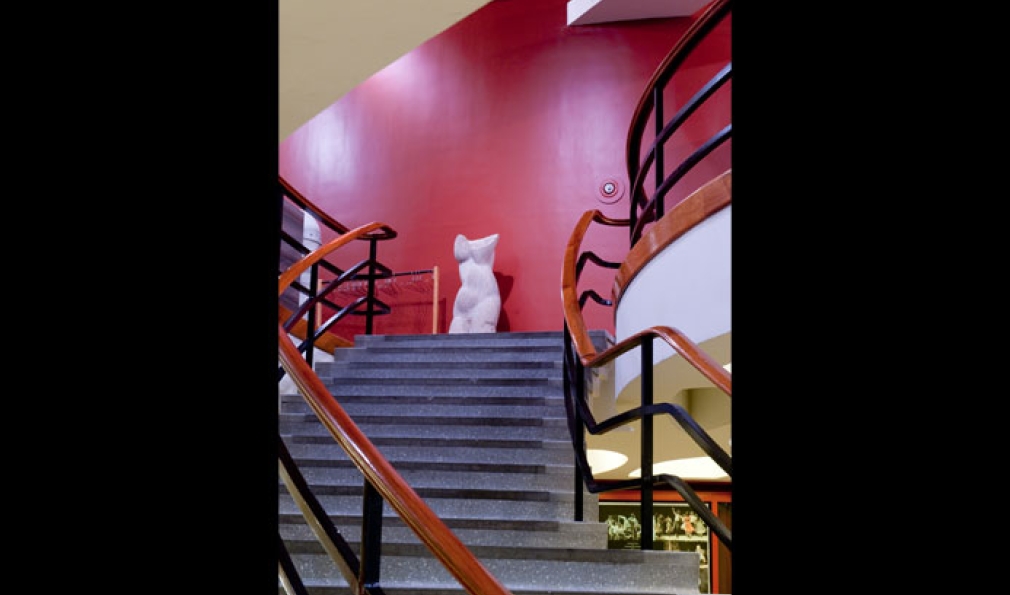
Description
The Hopkins Center hosts more than 500 events annually, including receptions upstairs at the Top of the Hop.
Photo Credit
Photo by John Sherman
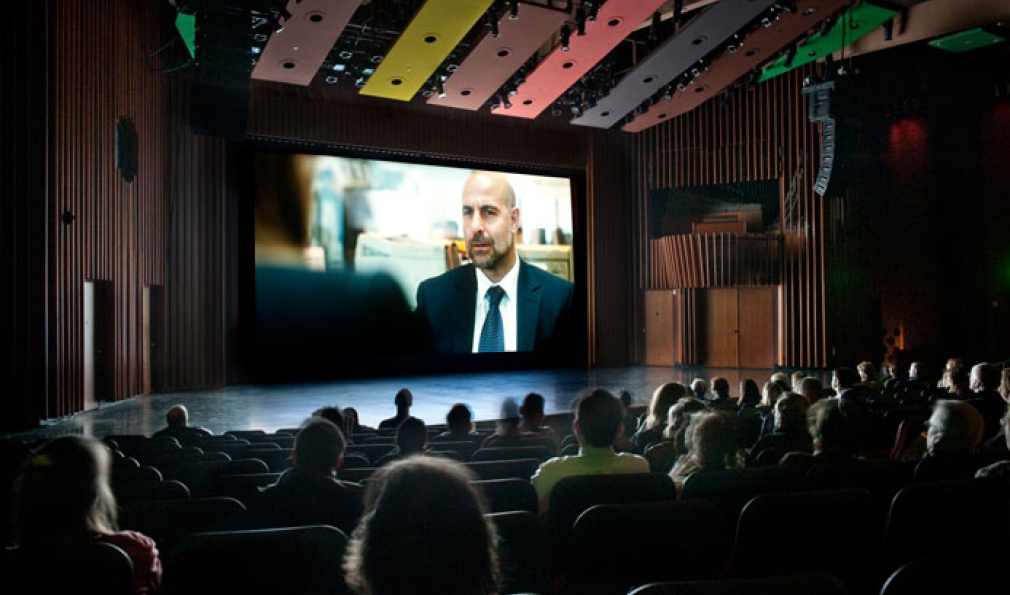
Description
Spaulding Auditorium screens more than 200 films a year and hosts scores of concerts for groups such as the Dartmouth Symphony Orchestra. With 900 seats it is the largest theater on campus.
Photo Credit
Photo by John Sherman
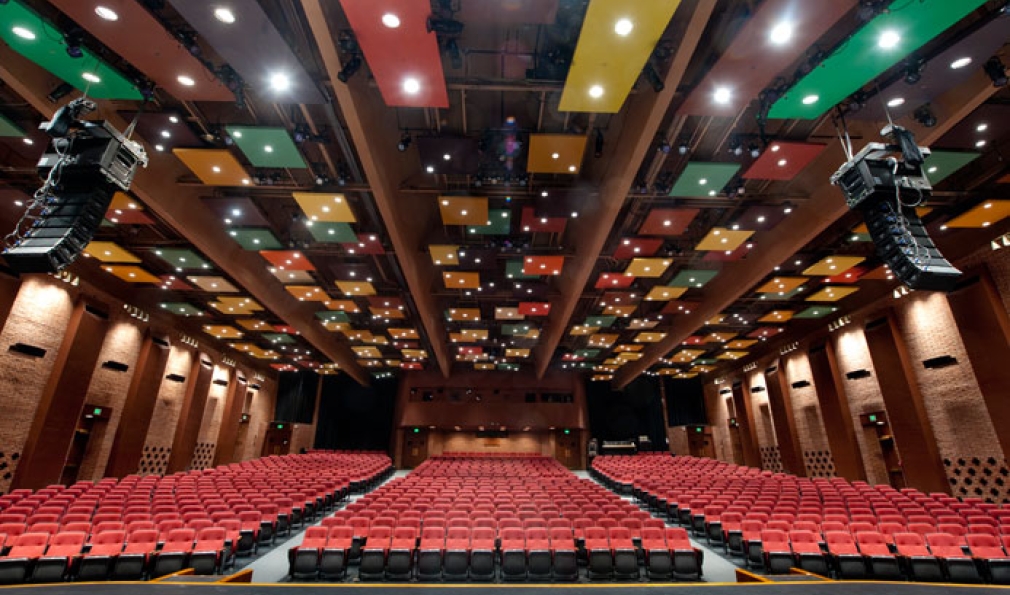
Description
A performer's-eye view of Spaulding Auditorium's modern decor.
Photo Credit
Photo by John Sherman
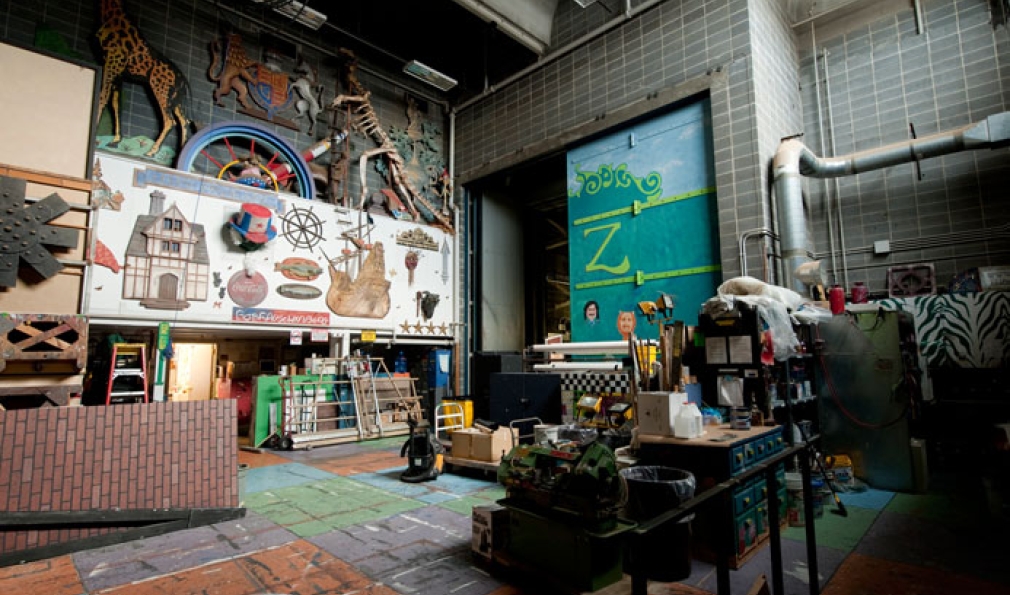
Description
Theatrical sets are built in the Hop's scene shop located near the Hinman boxes.
Photo Credit
Photo by John Sherman
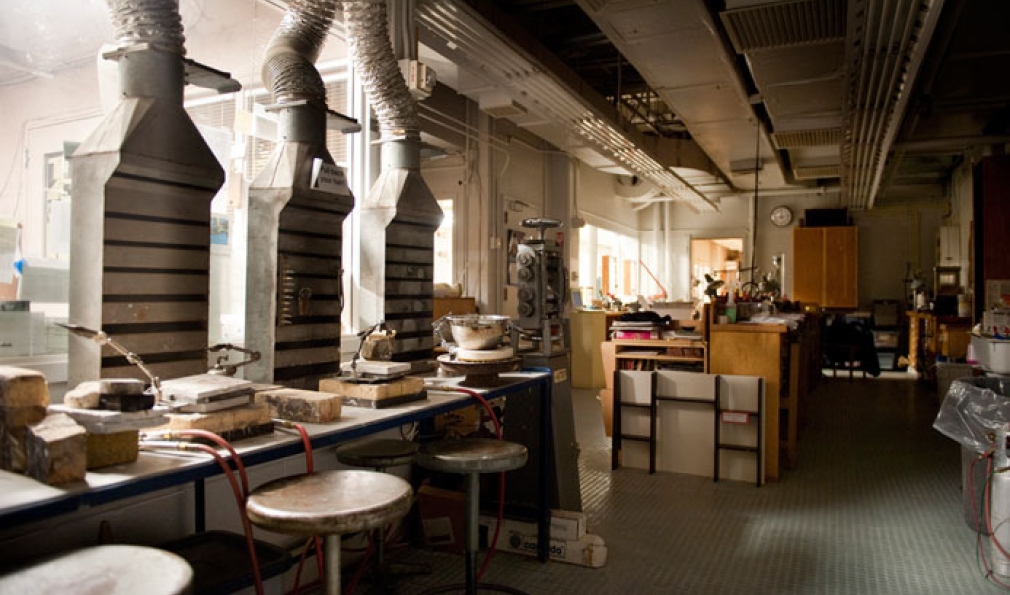
Description
Each term two or three students make engagement rings in the Hop's jewelry studio.
Photo Credit
Photo by John Sherman
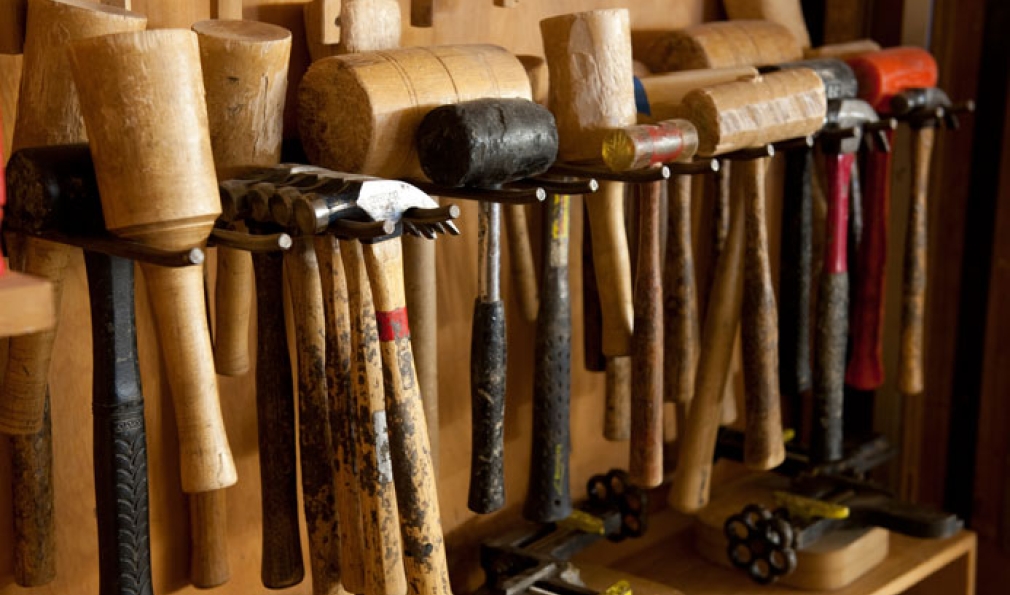
Description
The Hop's wood shop draws students in search of out-of-the-classroom creativity.
Photo Credit
Photo by John Sherman
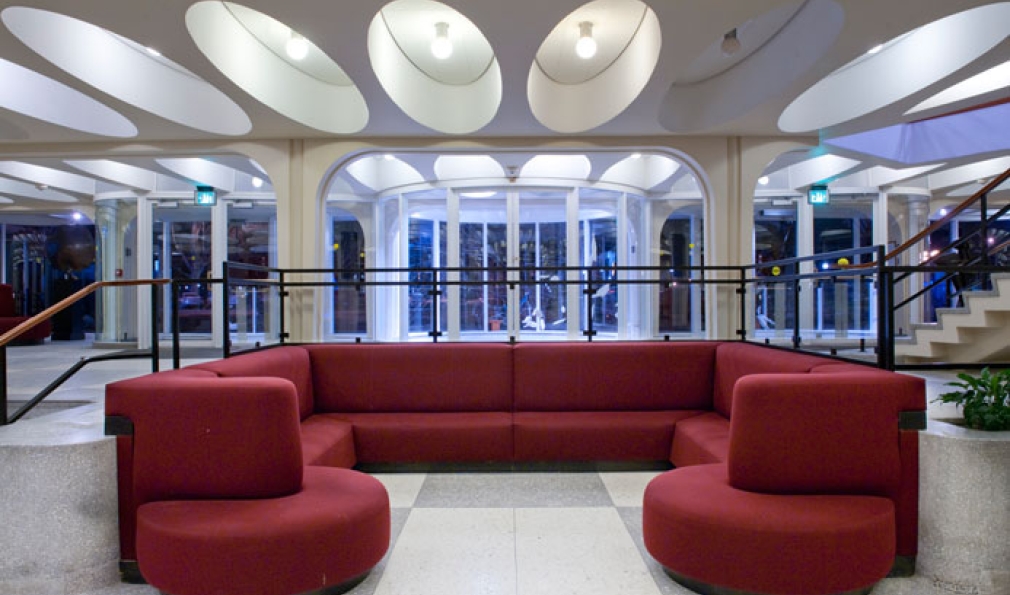
Description
The Moore lobby's sofa is a favorite gathering space before shows.
Photo Credit
Photo by John Sherman
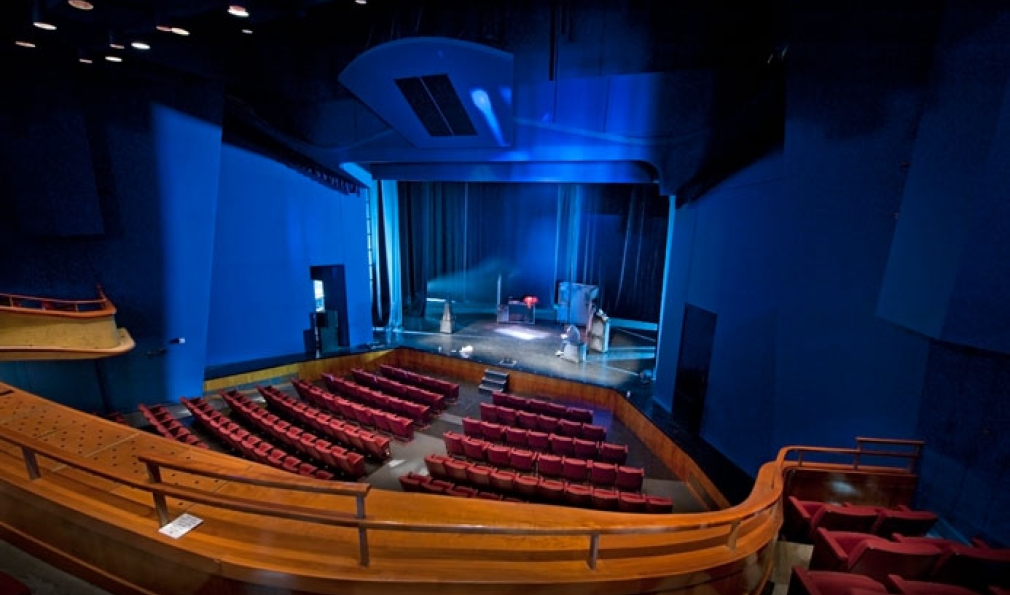
Description
The Moore lobby's sofa is a favorite gathering space before shows.
Photo Credit
Photo by John Sherman
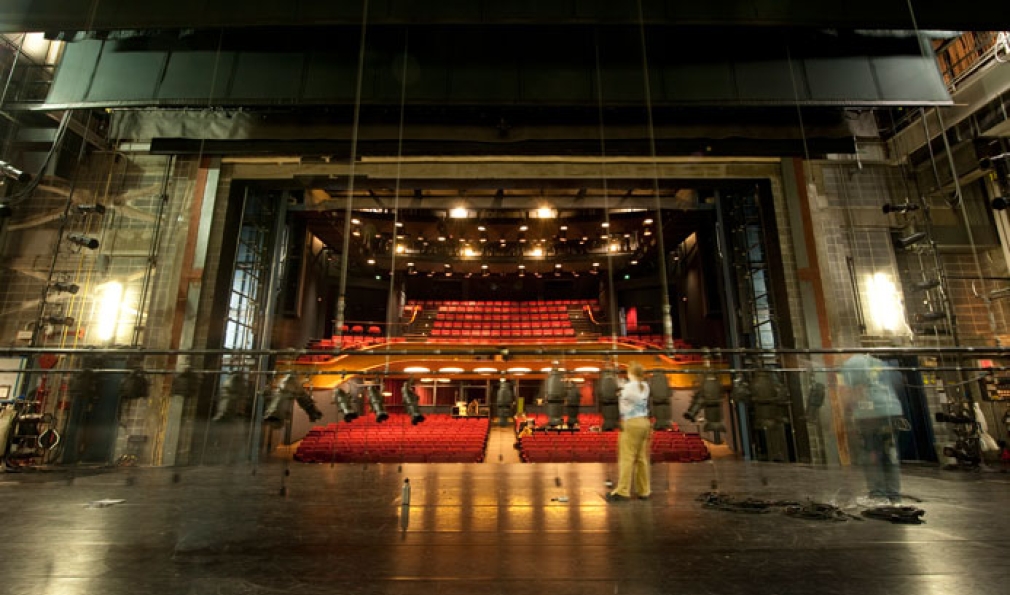
Description
The Hopkins Center employs four full-time production staff and hires additional stagehands as needed.
Photo Credit
Photo by John Sherman
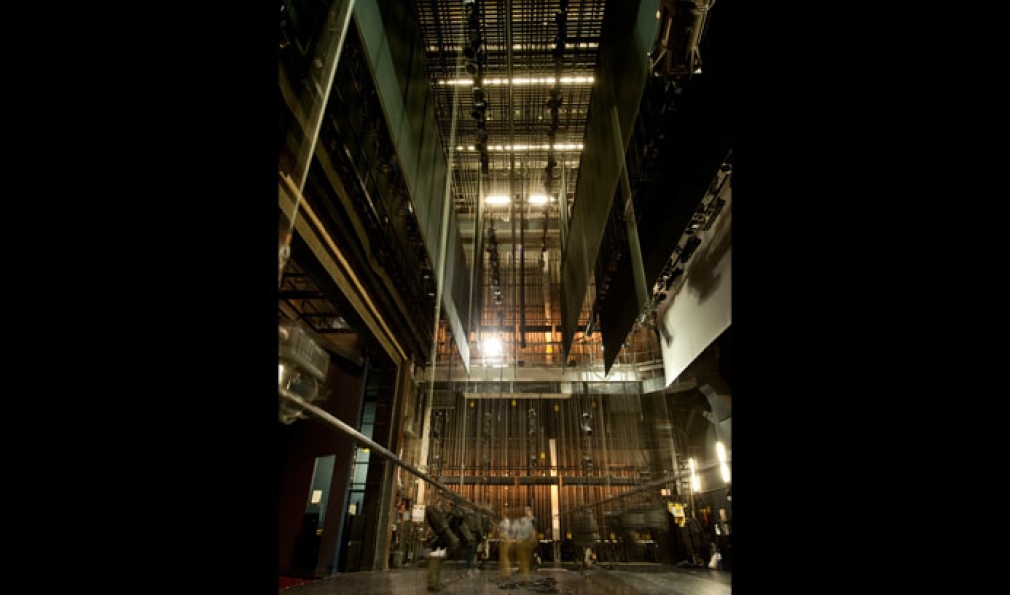
Description
More than 520 stages lights cast their glow at the Moore Theater.
Photo Credit
Photo by John Sherman
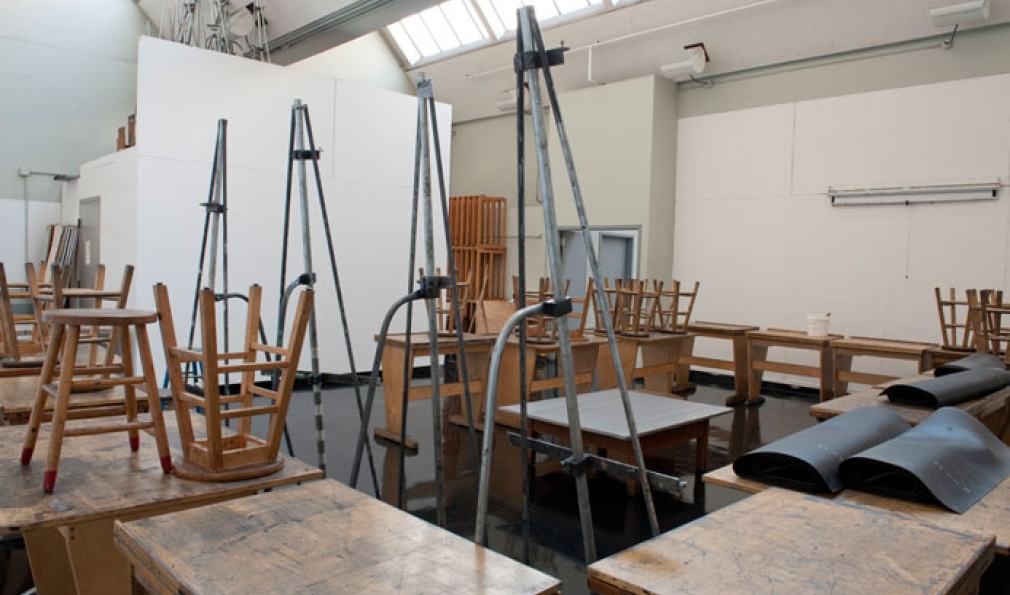
Description
The Hop's art studios will relocate to the new 105,000-square-foot Visual Arts Center, due to open in the fall of 2012.
Photo Credit
Photo by John Sherman
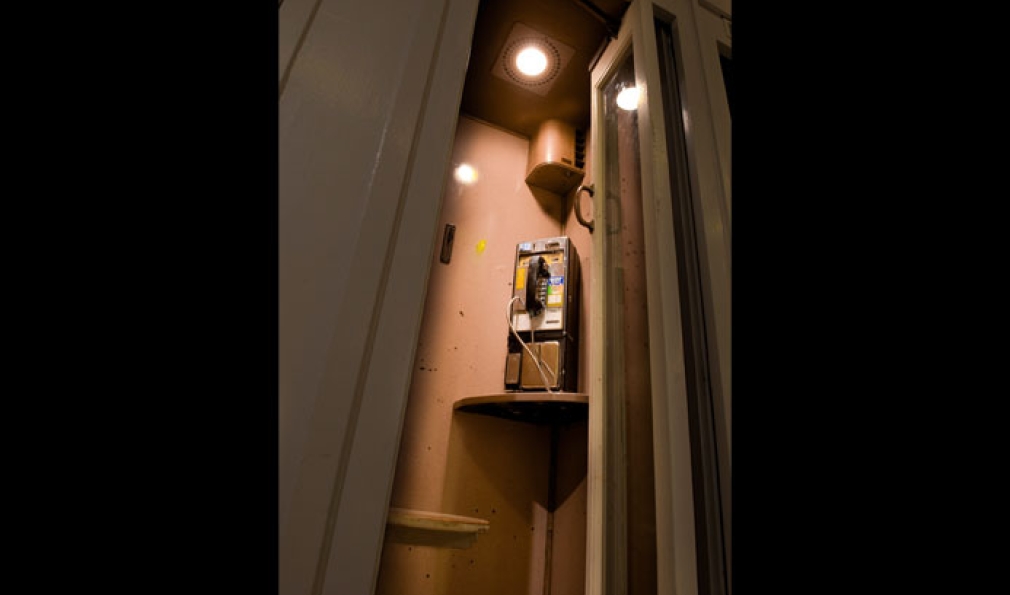
Description
In the era of smartphones, this old phone booth—one of two near the Hinman boxes —attracts few callers.
Photo Credit
Photo by John Sherman
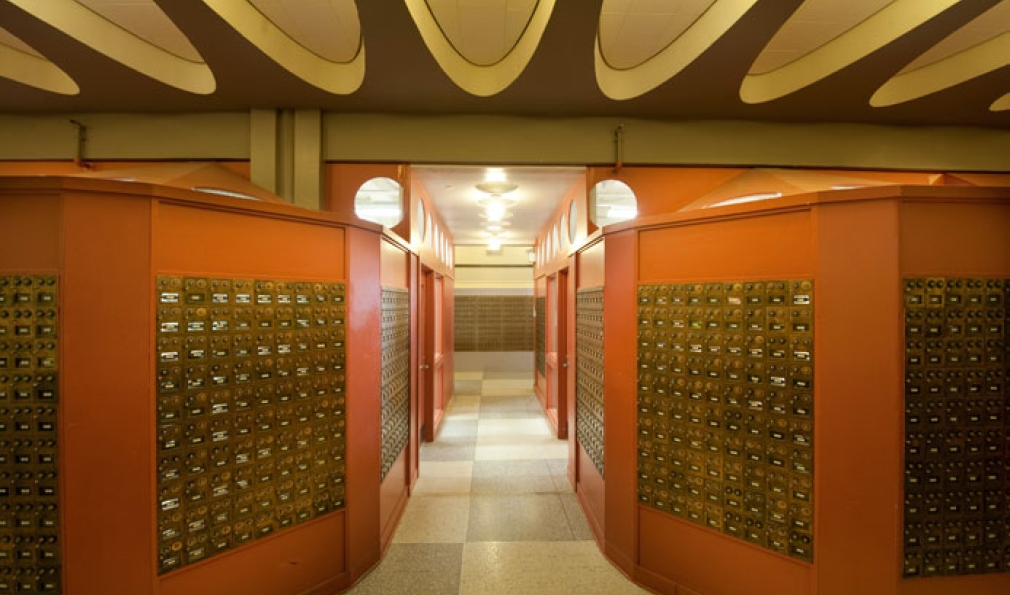
Description
While students get fewer letters than in past years, the Hinman box area has had to expand to accommodate the thousands of packages students receive each term.
Photo Credit
Photo by John Sherman
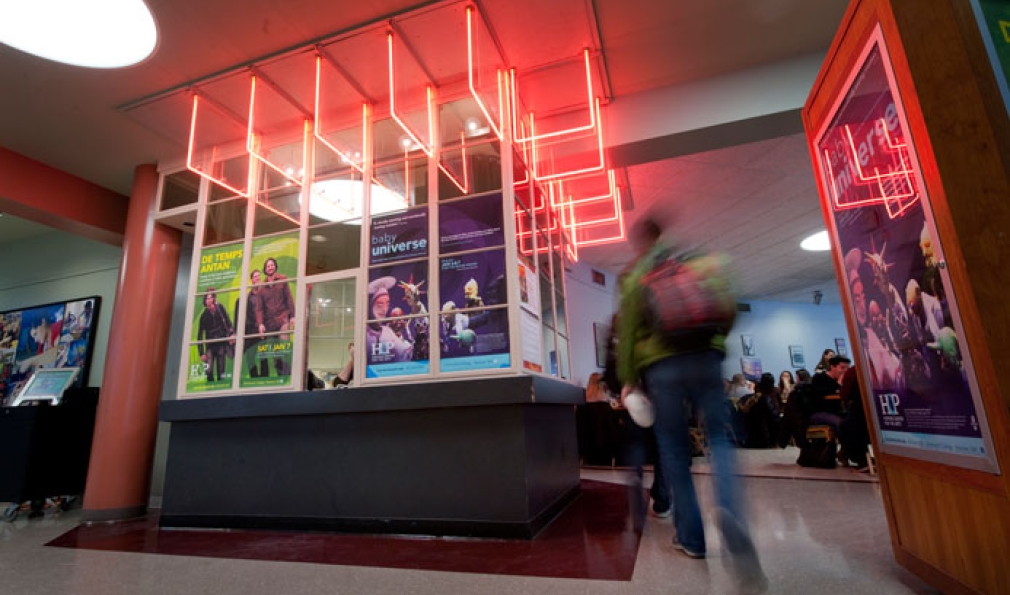
Description
The Courtyard Cafe, adjacent to the Hop's box office, bustles with activity, serving customers from late morning until just after midnight every day.
Photo Credit
Photo by John Sherman
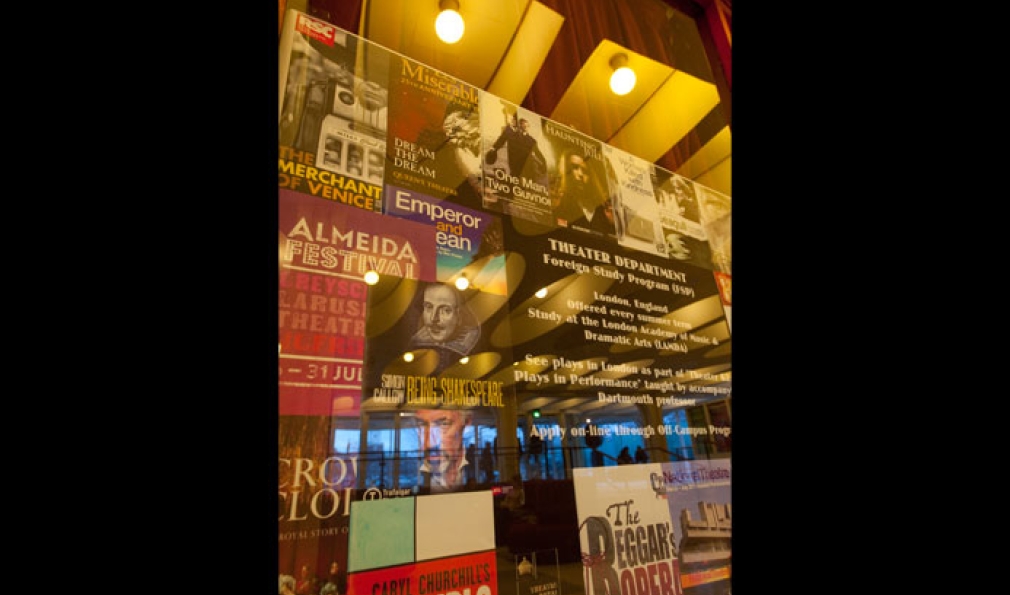
Description
With a 900-seat auditoriums, two theaters, a recital hall, studio space for artists, Alumni Hall, six galleries, a post office, a restaurant, and woodworking and jewelry studios, the Hopkins Center should remain a campus hub for years to come.
Photo Credit
Photo by John Sherman
